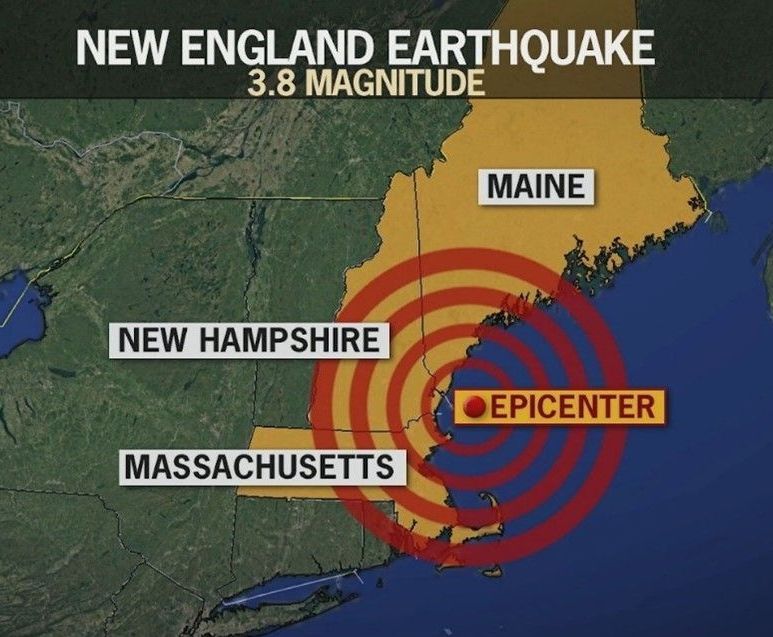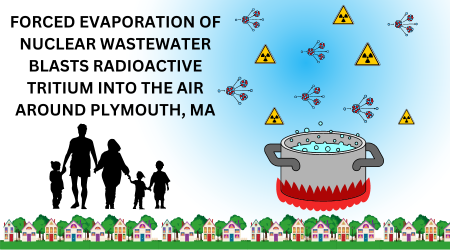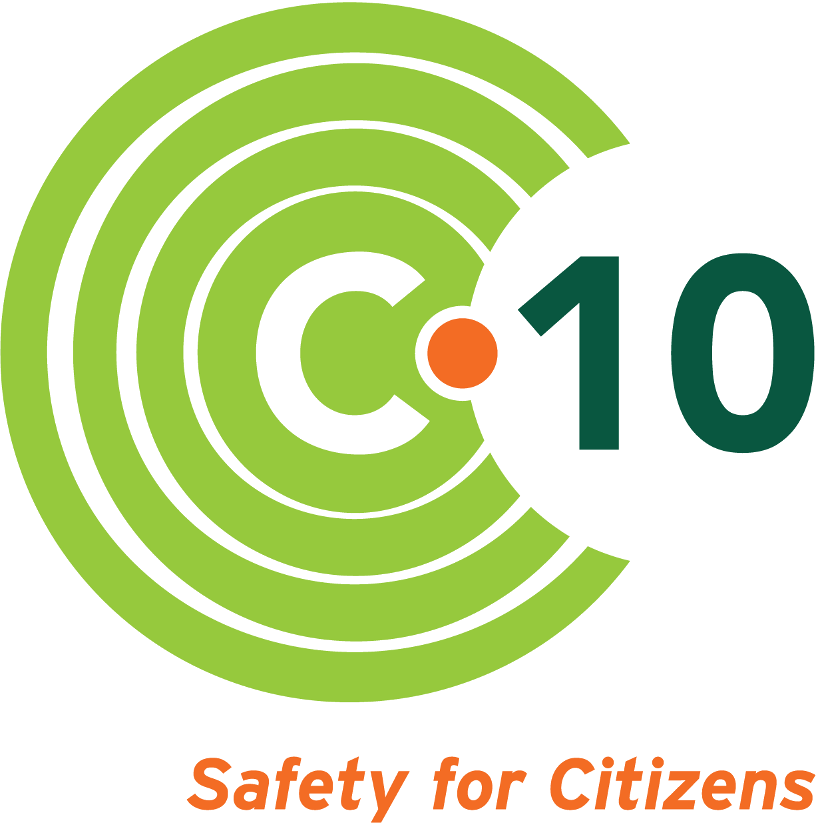Seabrook concrete case featured in new book by C-10's expert
Saouma criticizes NRC and NextEra, outlines challenges for managing ASR at nuclear plants
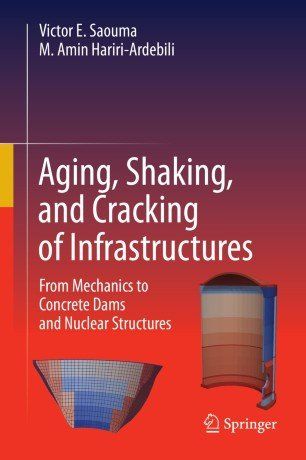
"It is evident that rather than regulating ASR, the NRC instead subcontracted the work of determining how to assess the extent and gravity of ASR at Seabrook to the very same corporation it is supposed to oversee. While the NRC posed a number of questions to NextEra during its technical review, the agency did not exercise due diligence in scrutinizing the scientific validity of NextEra’s response. Unfortunately, this is reminiscent of the problem that came to plague the Boeing 737 MAX." - Dr. Victor Saouma
C-10's concrete expert Dr. Victor Saouma and his colleague M. Amin Hariri-Ardebili have published a book: Aging, Shaking and Cracking of Infrastructures - From Mechanics to Concrete Dams and Nuclear Structures (Springer, 2021).
Saouma is Professor in the Department of Civil, Environmental and Architectural Engineering at University of Colorado in Boulder. He is a world-leading expert on the type of concrete degradation impacting the Seabrook Station nuclear power plant.
After learning about C-10's efforts in 2018, Saouma began serving as the pro bono expert in our legal challenge before the US Nuclear Regulatory Commission (NRC) regarding the plant's management of alkali-silica reaction, or " ASR "—an incurable concrete degradation infecting all safety structures at the coastal New Hampshire nuclear plant.
It was Saouma's expertise and compelling arguments that convinced the NRC's Atomic Safety and Licensing Board that Seabrook's concrete management protocols were inadequate to protect the public, as described in the Board's August 2020 ruling.
Interestingly, the NRC commissioners wrote on March 5, 2021 that they would give themselves more time to review the ruling, despite new license conditions already having been added to Seabrook's operating license as a result of the case. C-10 is closely watching the situation, and continues to monitor NRC inspection reports for Seabrook.
The Case Study: Seabrook Station Unit 1 ASR Problem
Chapter 36 of the book is a case study authored by Saouma that provides information on Seabrook Station Unit 1, the first reported nuclear power plant in the U.S. known to suffer from ASR. The information was yielded by private and government investigations into ASR since its discovery at Seabrook in 2009, as well as from the license amendment request (LAR) submitted by Seabrook owner NextEra Energy to the NRC in 2016.
The LAR, which was approved by the NRC's technical staff in 2019, sought approval of NextEra’s ASR assessment and its proposed ASR monitoring program, and was used to justify extended operation of Seabrook beyond its current 2030 operating deadline until 2050. The NRC granted Seabrook a 20-year license extension in March of 2019, even before the Licensing Board's public hearing on Seabrook's handling of ASR, which happened in September of that year.
In the book, Saouma called out NextEra's contracted engineers for their "lack of understanding of the complex challenges of ASR, or even an appreciation of the skill level that would be needed to address it adequately," (pg. 974).
The chapter on Seabrook's concrete case is 61 pages divided into two parts: the first describes the License Amendment Request. In the second, Saouma provides a critical review of the regulatory process. "Unfortunately, rather than issuing regulations for NextEra to utilize in assessing the safety of Seabrook, the Agency for all practical purposes delegated this task to NextEra," Saouma wrote (pg. 971).
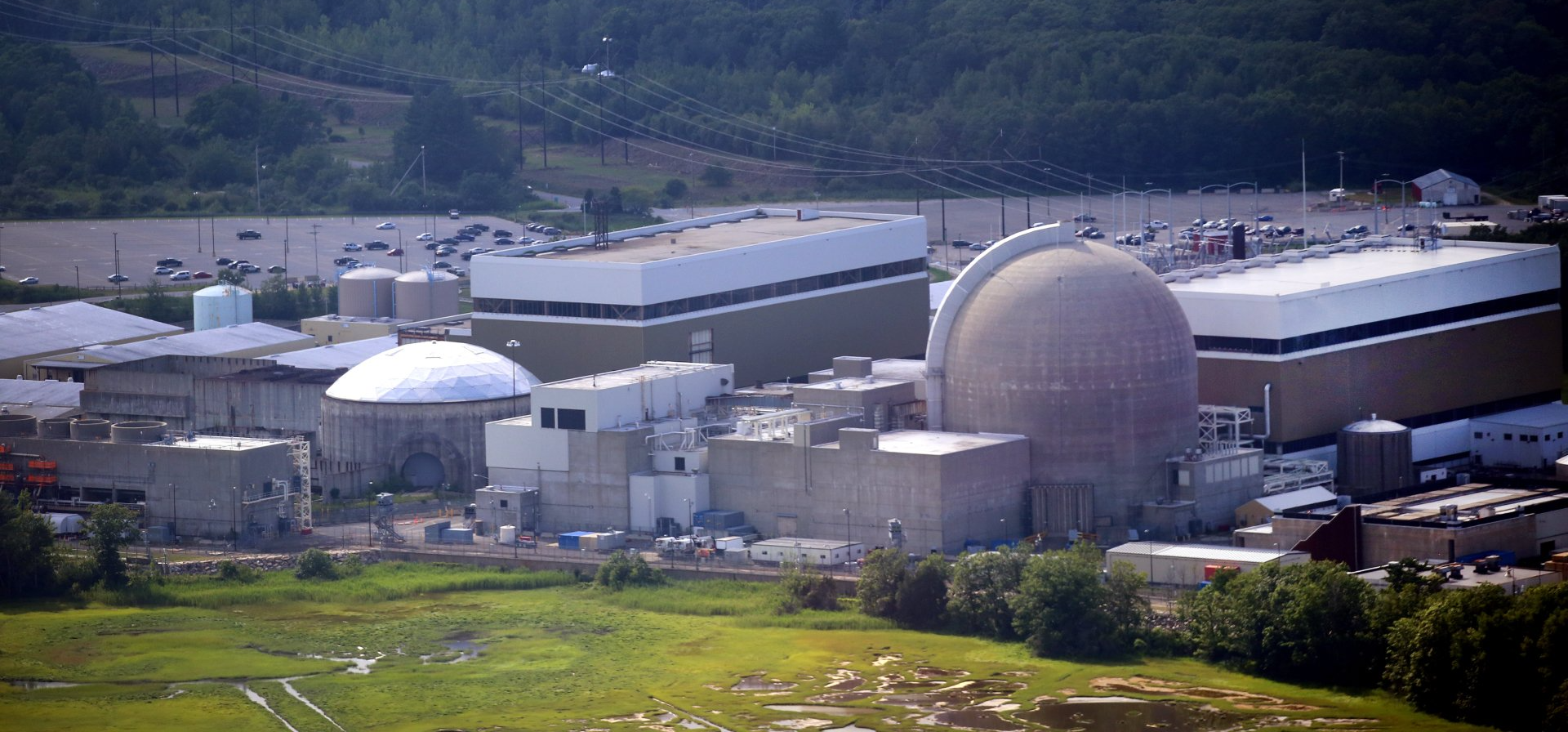
How ASR is detected and managed has implications for reactor operation
As we detailed in a recent blog
, the NRC is considering extreme license extensions for reactors, of up to 100 years. But by all accounts, the agency does not have an adequate plan (much less regulations) to handle aging conditions like ASR.
"At issue here is how to make a prediction of remaining service life," writes Saouma (pg. 988). "And of course, service life must be reasonably safe as required by federal law (the Atomic Energy Act). In pursuing this important (if not vital) task, NextEra was confronted with a common problem plaguing engineers who pursue similar objectives."
"The first, Saouma writes, "is a glaring absence of codes for the assessment of existing structures. This is particularly troublesome when the aging of our infrastructure is widely recognized. The second is the danger of entrusting engineers, reared in the design of new structures, with the safety assessment of older ones. Those two tasks require two very different skill sets" (pg. 989).
"It is evident that rather than regulating ASR, the NRC instead subcontracted the work of determining how to assess the extent and gravity of ASR at Seabrook to the very same corporation it is supposed to oversee. While the NRC posed a number of questions to NextEra during its technical review, the agency did not exercise due diligence in scrutinizing the scientific validity of NextEra’s response. Unfortunately, this is reminiscent of the problem that came to plague the Boeing 737 MAX," wrote Saouma regarding the role of the NRC (pg. 990).
The case study is the final chapter in the book and is available for purchase on Amazon , or on Springer's website .
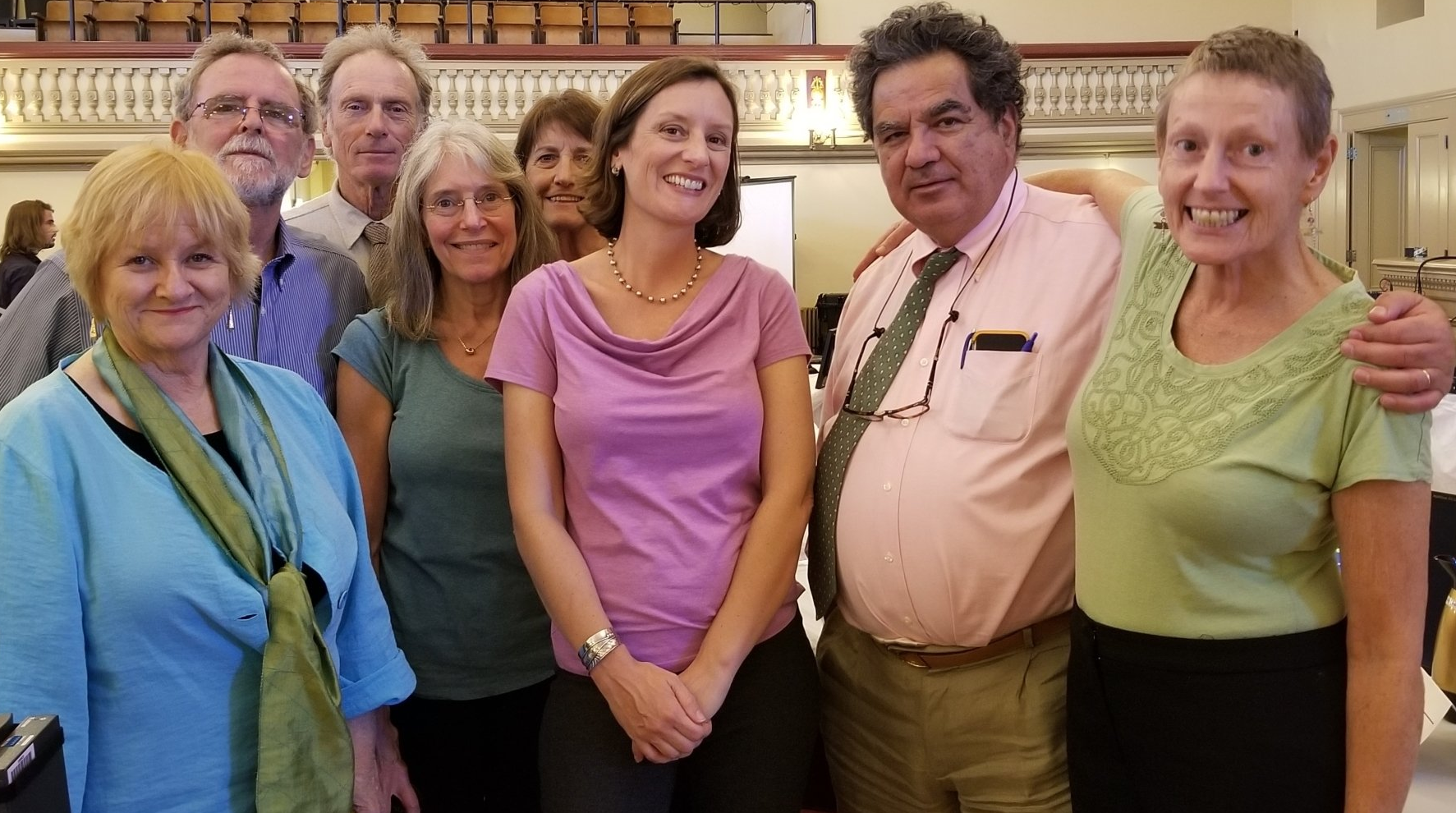
It was a humbling experience for us "citizen scientists" to work with Dr. Saouma and Attorney Curran, and we're proud of our team's success in bringing change to the regulatory process and raising awareness about ASR, even though we maintain that the ASLB's ruling did not go far enough.
Indeed, Dr. Saouma has expressed concern that the conditions won't achieve the desired result for protecting public health and safety without some specific and measurable guidelines to make the conditions unambiguously enforceable. Perhaps the NRC commissioners are giving new weight to our arguments? One can only hope.
Distressingly, Saouma concludes that: "given the simplicity of the structural safety analyses and underlying assumptions made by NextEra regarding the extent and severity of ASR at Seabrook, no adequate or credible demonstration has been made that Seabrook is safe," (pg. 1028).
"While the additional monitoring measured required by the ASLB are certainly positive measures, their ultimate effectiveness cannot be assured because they do not rest on a firm foundation of a rigorous, State-of-the-Art evaluation of the condition of ASR at Seabrook today," Saouma continues.
Saouma ends by arguing that "Seabrook is not demonstrably or assuredly safe. Of course, this does not imply that the reactor has to be shut-off, it simply means that the structure is at a societally unacceptable risk and the regulating agency owes a credible safety assessment to the public living within the 10-mile radius and beyond," (pg. 1029).
Praise for the role of C-10
“The power of an educated and concerned public in advocating for strong, science-based regulation cannot be underestimated. C-10—a small but determined NGO, relying heavily on volunteer efforts—has monitored the operation of the Seabrook nuclear plant since it began operating. After ASR was discovered at Seabrook in 2009, C-10 quickly perceived that ASR was not only a major safety challenge to Seabrook, but also a potential problem at other nuclear plants," said Saouma in his epilogue (pg. 1027).
"C-10 then used the NRC’s legal process to force a desperately-needed scientific review on Seabrook’s concrete aging management plan. And C-10 brought about the imposition of license conditions which are essential to any future confidence in the safety of Seabrook. This is a remarkable achievement for a single nuclear plant, and it seems reasonable to hope that the science-based approach advocated here will influence how future ASR policy is made for a range of circumstances.”
- Victor E. Saouma, Ph.D., as excerpted from “Aging, Shaking and Cracking of Infrastructures - From Mechanics to Concrete Dams and Nuclear Structures. (Springer, 2021)
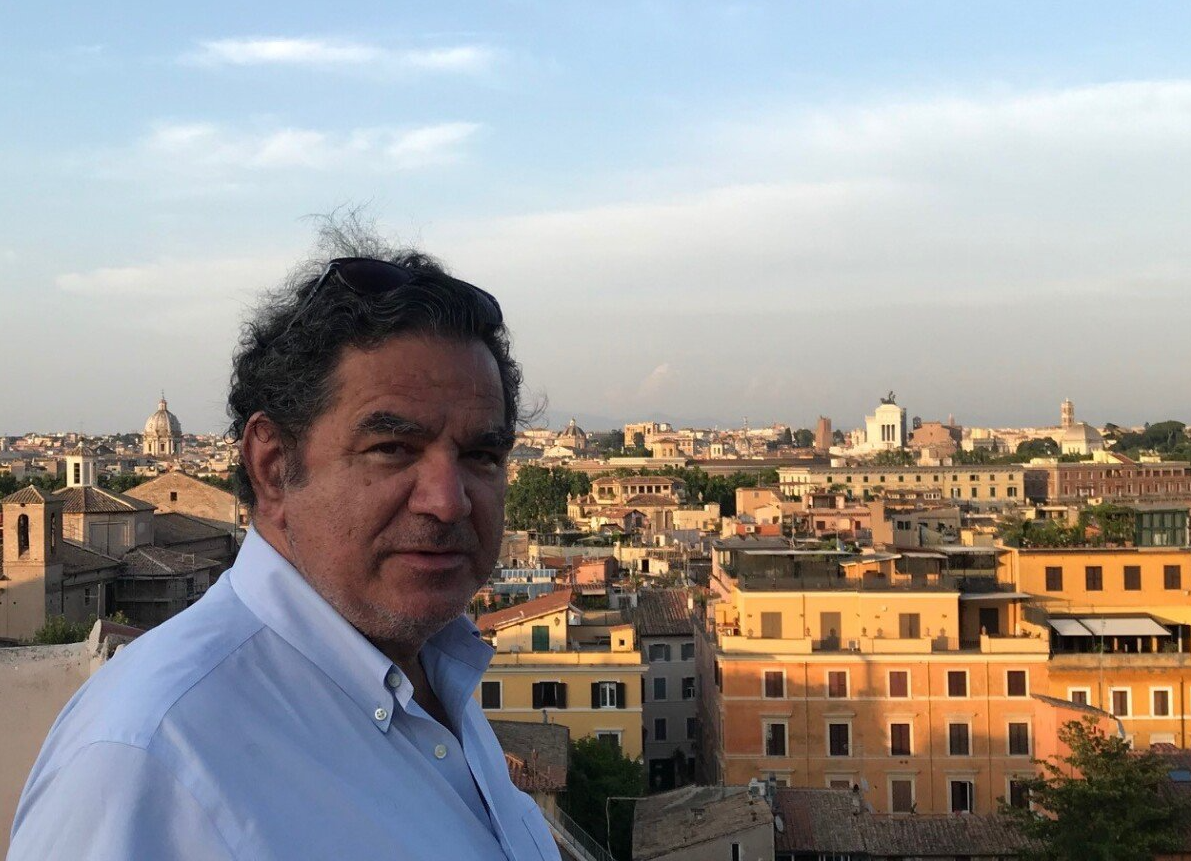
Dr. Saouma
is a world-renowned expert on concrete structures and concrete chemical and mechanical properties. He is the past president of FraMCoS (Fracture Mechanics of Concrete). He has conducted alkali-aggregate related research for the Swiss federal dam safety agency, the Tokyo Electric Power Company (TEPCO), Oak Ridge National Laboratory (ORNL), and the Bureau of Reclamation, and the Nuclear Regulatory Commission. Saouma has pioneered dynamic concrete testing (real-time hybrid simulation), and is the managing partner of consulting company X-Elastica.
It was Saouma's unparalleled expertise and tireless efforts, together with our attorney Diane Curran
's efforts, that fueled the arguments that led to stricter licensing requirements for how Seabrook must monitor this incurable problem. Read more about the outcome of the case here.
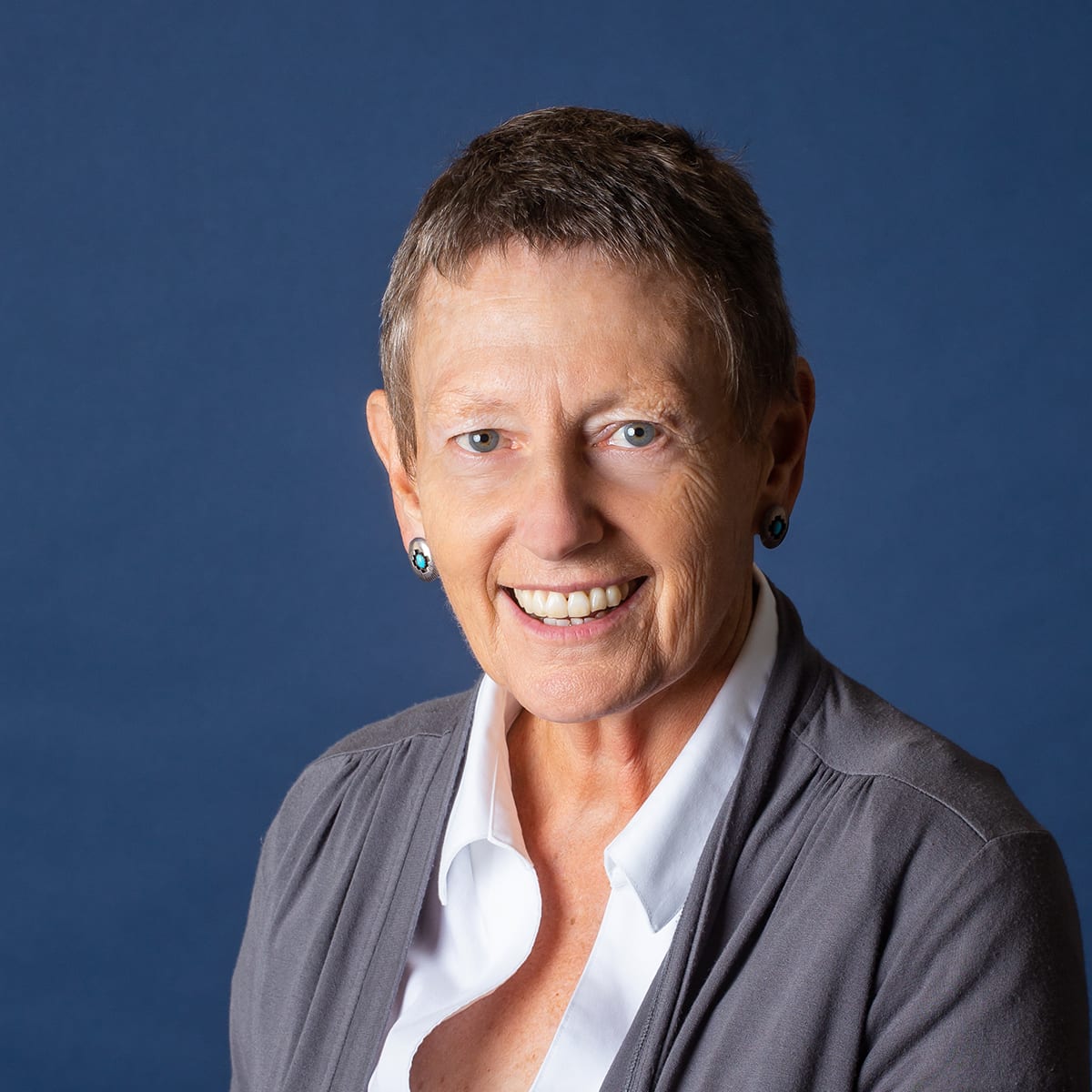
Attorney Curran's remarks about the case:
"For two reasons, working with C-10 and Dr. Saouma on the Seabrook concrete case has been one of the highlights of my career. First, the issue of how to effectively monitor and address aging of major safety structures in nuclear reactors, such as containment concrete, is extremely significant and needy of more stringent regulation.
Second, the team assembled to work on the case was extraordinarily skilled and dedicated. C-10’s volunteers and staff had spent ten years watchdogging ASR at Seabrook, and already had set up a solid legal and evidentiary framework for a hearing when I joined the team.
And Dr. Saouma, as the world’s leading expert on ASR, added an extremely high level of expertise and professional dedication to our efforts. Remarkably, he did the work pro bono out of his dedication to the use of sound scientific principles in government safety regulation.
Thanks to the combined expertise and hard work of our team, we were able to convince a panel of three NRC judges to impose a strong set of license conditions for monitoring and addressing ASR during Seabrook’s license renewal term. We also exposed a troubling lack of government regulations or guidance for addressing the significant risks of operating reactors with aging concrete."
- Diane Curran, Attorney at Harmon, Curran, Spielberg and Eisenberg, LLP

Follow us

